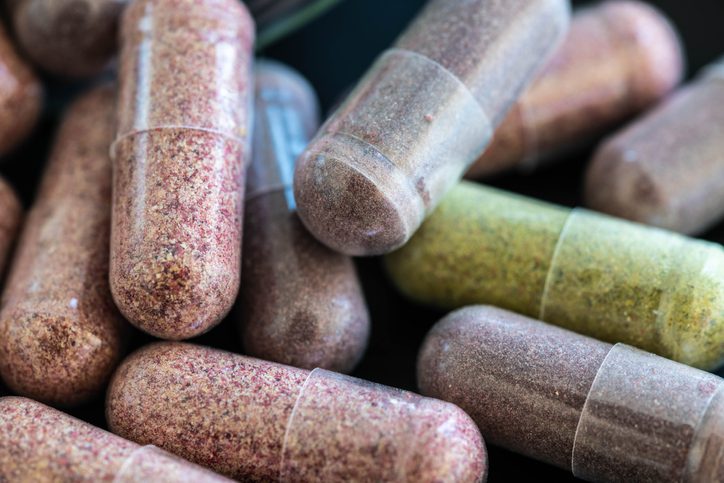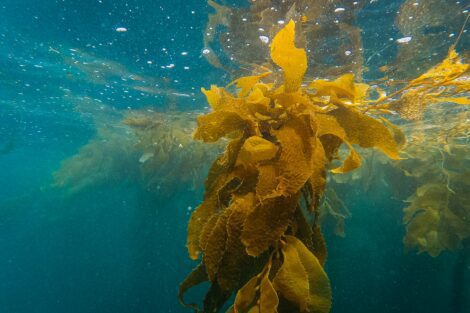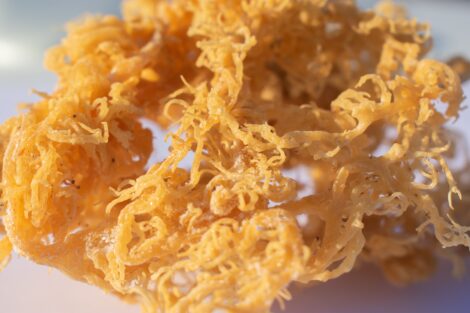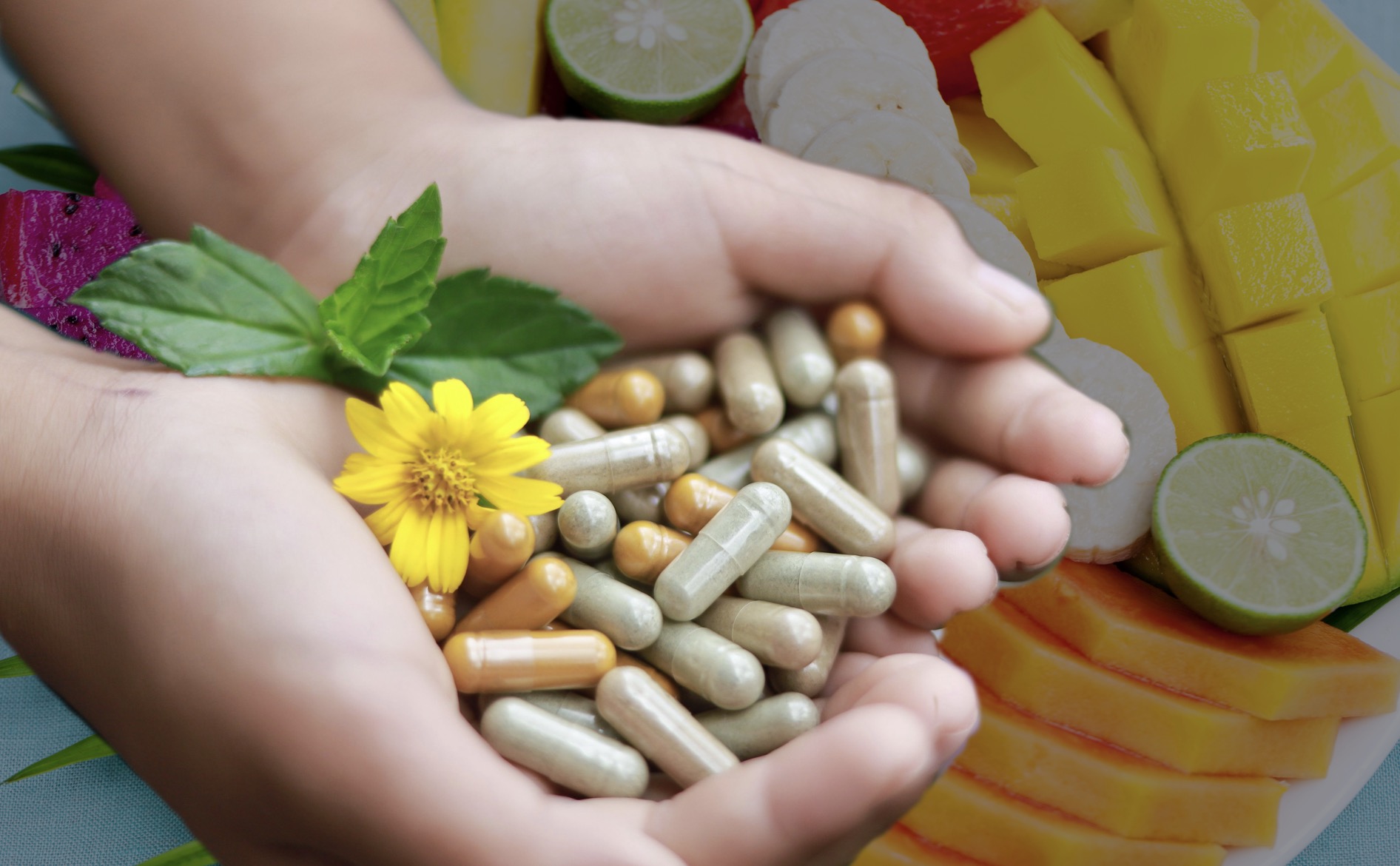Cold intolerance can be challenging when living in cold countries. Humans are physically not well-adapted to face the challenges of cold climates. We originally are a tropical species, which is why many of us cannot stand winters!
While we cannot change our genes to grow fur, we can optimize our thermoregulation with nutrients to max out our tolerance towards the freeze!
As a tropical species, humans are not cold-native, and biologically, we do not cope well with cold temperatures and climates. The reason is that we are naturally not well-equipped for colder climates but rather for tropical climates. The evolutionary origins of all humans are in the tropics. Thus, humans in temperate or colder areas live outside their natural habitat. Read more about this here.

Luckily, you can boost your cold tolerance by optimizing your thermoregulation by providing the nutrients that the body needs as a resource in its biochemical functions involved in thermoregulation. This can ameliorate cold sensitivity to some degree. This small guide is not about foods like ginger and soups to comfort you during the cold season but to strengthen and optimize your body’s “cold performance” with nutrition.
Nutrients needed for thermoregulation
You cannot change your genes to gain major cold adaptation, but you can get the best out of your thermoregulation. Overall health and optimal nutrient levels can influence how you feel in the cold, a finding that goes in line with the fact that people report a higher cold tolerance when seeking their best health.
To improve cold tolerance, we should address the nutrients involved in thermoregulation specifically, plus the ones that often are scarce in colder environments:
- Iodine
- Selenium
- Magnesium
- Vitamin D and Sunlight
- Iron and B12
- Nutrition from Tropical Fruits
- Avoid Environmental Stressors

1. Iodine
Iodine-deficient people often report cold intolerance. This is not surprising because iodine intake is key to restoring under-active thyroid function, a major issue in ineffective thermoregulation and low cold tolerance. Unfortunately, the iodine shortage in food and the environment is widespread. Not to a degree of developing a goiter, but not enough for optimal function. This issue has intensified due to the increased use of natural non-iodized salts, like pink Himalayan salt or sea salt. There are better ways to go than iodized table salt, though: high-quality seaweed is a natural iodine source, where the halogen is organically bound. Make sure the iodine content on your kelp, sea moss, or other seaweeds is labeled on the product.
2. Selenium
Selenium is needed for the regulation of thyroid hormone activity. Selenium is a part of the enzymes – deiodinases – that regulate the activation of thyroid hormones. Thus, selenium and iodine work together. If you live in selenium-poor areas, you can supplement selenium naturally by consuming 1-2 Brazil nuts, which typically contain enough selenium to meet your daily requirements. Make sure the selenium content is labeled on the package.
3. Magnesium
Magnesium is long known to play a crucial role in thermoregulation, including tolerance to heat and cold. Magnesium deficiency includes cold hands and feet that hardly warm up in warm blankets. Coral supplements are a natural way to get magnesium and calcium synergistically. Other bioavailable magnesium forms are magnesium malate or glycinate supplements.
4. Vitamin D and Sunlight
There is no evidence that Vitamin D is directly linked to thermoregulation, but it’s a major health player in areas poor in sunlight. Thus, whenever you can, expose yourself to the sun, however, the sun might not be intense enough during winter or at high latitudes for effective Vitamin D production, especially for darker skin types. A high-quality sun studio that provides UV light can be a solution for Vitamin D production. A Vitamin D3 supplement is the next best solution, as explained by Don Bennett, a well-respected, science-based raw diet and species-specific diet expert. Vitamin D3 supplements are best combined with Vitamin K2 and Magnesium, as they act synergistically.
Also listen to Don Bennett’s recent interview, where he touches on iodine, vitamin D, B12 and other nutrients:
5. Iron and vitamin B12
Iron and vitamin B12 are two key nutrients to blood building. If we fall short in one or both of those two, we can run into anemia, a condition notorious for affecting body temperature!
On a plant-based diet, it is possible to get enough iron, and even meat-eaters can fall short. It mainly depends on absorption, gut health, and other nutrients, so it’s advisable to know one’s ferritin level. To improve plant-based iron, a vitamin C-rich (fruit-rich) diet and high-quality nuts and greens are essential. Also, read our iron protocol if you struggle to get your iron levels up.
B12 is a more problematic nutrient on a plant-based diet, which is why we seriously should consider supplementation (preferably drops) and check one’s B12 level. Also, read our supplement guide.
6. Nutrients from Tropical Fruits
Eat as many ripe tropical fruits as you can get. Tropical fruits are not only highly nutritious in general – they contain the “perfect” nutrient mix for us! Humans have originally evolved as specialized fruit-eaters in the tropics, which makes tropical fruits their number one species-appropriate food. Those fruits are powerful in terms of optimizing your health. During the cold season, you can integrate smoothies with bananas and frozen fruits (i.e., açai berry bowl) into your diet. Also, while living outside tropical or sub-tropical regions, air-imported fruits can add to a better dietary quality in general.

Luckily, nowadays, we can access tropical fruits all year round, like bananas and mangoes. Lychees are in season in December and exported all around the world.
7. Avoid Environmental Stressors
Besides optimizing “thermo-nutrients,” you can take additional measures to improve your winter experience: Imitate a tropical habitat to feel better and healthier during the winter, like visiting a spa and eating a fruit-rich diet. But also avoid harmful substances from modern life. For example, halogens like fluoride and bromide can displace iodine. However, there are countless synthetic compounds that we are exposed to in our everyday lives that can affect our overall health. Therefore, it is vital to stick to a natural approach in everything you do.
The idea of an “ancestral ecological niche reconstruction” is to imitate the (original) environmental conditions in which our ancestors have evolved – with the goal of optimizing the body’s functionality. This means to provide the body with species-appropriate nutrition and other environmental factors lacking in cold environments, but also protect it from newer artificial bioactive chemicals that the body just did not have time to adapt through more effective detoxification. And yes, toxic chemicals do have the power to be a “natural” selection force acting on humans when they influence survival and reproduction (which many are known to do).
Survival foods in cold climates can teach us something
Dairy has its bad rep, and certainly for many good reasons. However, let’s look at why humans (had to) eat it in the first place: Milk, cheese, and yogurt were used by cold-native people for survival. Herbivores are good at surviving in harsh environments and turning greens efficiently into energy and absorbable nutrients. Their milk was used as foods, where no vegetation could sustain frugivores (either cold or dry), and contains nutrition that is hard to obtain outside the tropics (humans are a tropical species!). Especially the fat-soluble vitamins D, K2, and A. But also Vitamin B12, bioavailable calcium, and sometimes iodine are in raw cheese. To be clear, I do not think cheese is a food that is biologically appropriate for humans!
Humans in cold climates also ate meat, which was a source of iron, zinc and other nutrients that were difficult to obtain from dairy. We need to be aware of the damaging and cruel dairy and meat production industry and avoid animal products, as they are cruel and damage our health.
But we shouldn’t completely ignore the knowledge of cold-native people. What we can do is learn from our ancestors what is needed in cold climates, which helps us understand why there are numerous healing stories of high-quality, raw dairy, like the testimony below. It also helps us understand why people on a carnivore diet see benefits in the beginning. It can help us understand why raw vegans can struggle after a while: many run into deficiencies because they do not live in the tropics and do not have enough access to a diversity of ripe tropical fruits, nuts, and greens.
Instead, many of us live in a climate and habitat in which we have not evolved. We lack sunshine and our original food sources and predominantly use the foods of the local vegetation. Most of those plants have undergone extensive selective breeding to become edible and safe in the first place. Examples are tomatoes, cucumber, all gourds, nightshades, crucifer vegetables, and most fruits like apples (berries are an exception). We do not even count the worst of all grains and legumes, which need to be cooked to be safe. As a consequence, we have a high load of anti-nutrients and plant-defense compounds which cause inflammation. A raw diet only works based on tropical fruits!
With the awareness that we are a tropical species that thrives on tropical fruits, we can recreate and imitate our original habitat as much as possible, which builds the basis of health and wellness – and helps you stay healthier in a cold climate.
For more information on getting the right nutrients and supplements, the human species-appropriate diet, and health, also check out our supplement guide:
References
- H. A. M. Daanen, W. D. Van Marken Lichtenbelt, Human whole body cold adaptation. Temperature. 3, 104–118 (2016), doi:10.1080/23328940.2015.1135688.
- Makinen, T.M. (2010) “Different types of cold adaptation in humans,” Frontiers in Bioscience, S2(3), pp. 1047–1067. Available at: https://doi.org/10.2741/s117.
- Zimmermann, M.B. and Boelaert, K. (2015) “Iodine deficiency and thyroid disorders,” The Lancet Diabetes & Endocrinology, 3(4), pp. 286–295. Available at: https://doi.org/10.1016/s2213-8587(14)70225-6.
- Maushart, C.I. et al. (2019) “Resolution of hypothyroidism restores cold-induced thermogenesis in humans,” Thyroid, 29(4), pp. 493–501. Available at: https://doi.org/10.1089/thy.2018.0436.
- Yeh, T.S., Hung, N.H. and Lin, T.C. (2014) “Analysis of iodine content in seaweed by GC-ECD and estimation of iodine intake,” Journal of Food and Drug Analysis, 22(2), pp. 189–196. Available at: https://doi.org/10.1016/j.jfda.2014.01.014.
- X. Hou, X. Yan, C. Chai, Chemical Species of Iodine in Some Seaweeds II. Iodine-Bound Biological Macromolecules. Journal of Radioanalytical Chemistry 245, pages 461–467 (2000)
- Luongo, C., Dentice, M. and Salvatore, D. (2019) “Deiodinases and their intricate role in thyroid hormone homeostasis,” Nature Reviews Endocrinology, 15(8), pp. 479–488. Available at: https://doi.org/10.1038/s41574-019-0218-2.
- Platner, W.S. and Hosko, M.J. (1953) “Mobility of serum magnesium in hypothermia,” American Journal of Physiology-Legacy Content, 174(2), pp. 273–276. Available at: https://doi.org/10.1152/ajplegacy.1953.174.2.273.
- D. Bennett, Health 101 – cancer prevention and Vitamin D. Available at: http://health101.org/art_cancer_vitamin_D.htm (Accessed: March 30, 2023).
- Miller JL. Iron deficiency anemia: a common and curable disease. Cold Spring Harb Perspect Med. 2013 Jul 1;3(7):a011866. doi: 10.1101/cshperspect.a011866. PMID: 23613366; PMCID: PMC3685880.
- Author unknown, First-ever human population adaptation to toxic chemical, arsenic (2015) ScienceDaily. ScienceDaily. Available at: https://www.sciencedaily.com/releases/2015/03/150304075422.htm (Accessed: March 30, 2023).
Last updated on:






Add Comment